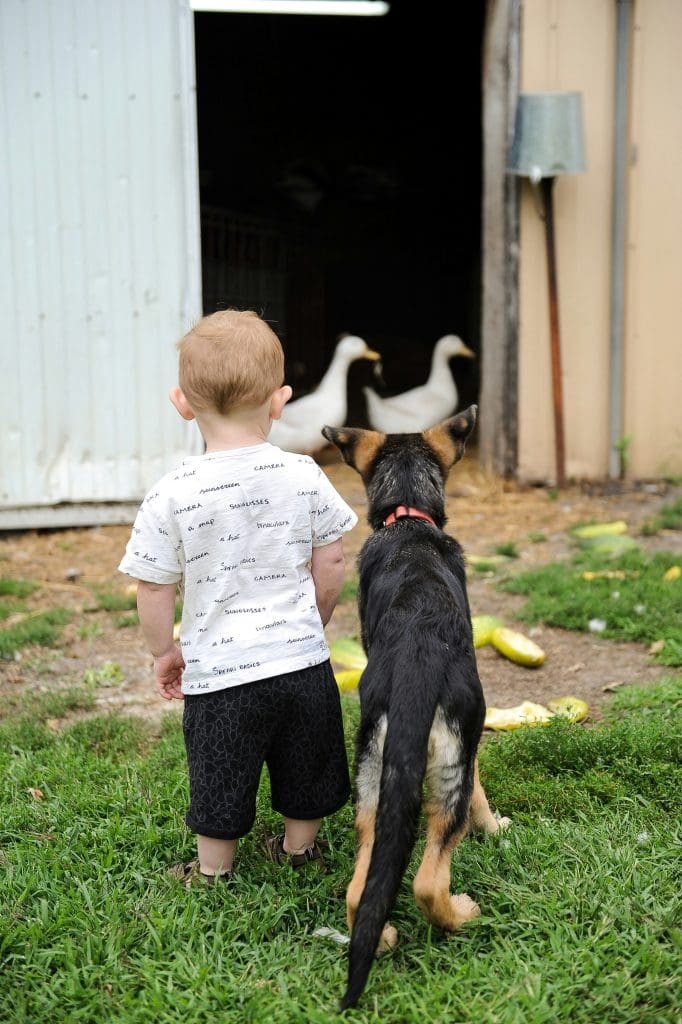Dogs Teach Kids Responsibility in the Best Way
In a world filled with school assignments, screen time, and structured routines, teaching children responsibility can sometimes feel like a chore in itself. But what if there were a fun, natural, and emotionally rewarding way to build that trait from the inside out?
Enter the family dog.
Caring for a dog teaches kids accountability in the most authentic way—through real, hands-on experiences that have visible and meaningful results. From morning walks to filling the food bowl, these simple tasks empower kids to step up and become reliable caregivers, often without even realizing it.
Let’s explore how dogs help raise responsible kids, one paw print at a time.
1. Routine Becomes a Way of Life
Dogs thrive on routine—and they make sure everyone knows it. Whether it’s breakfast, bathroom breaks, or bedtime, your dog quickly sets the tone for consistency in the household.
For kids, being involved in this routine teaches:
-
Time management (e.g., feeding the dog on schedule)
-
The importance of daily habits
-
How to plan ahead and prioritize
Unlike abstract schoolwork, the feedback here is immediate. Forget to feed the dog? You’ll hear about it. Show up late for a walk? The leash is already in their mouth. This real-time cause-and-effect helps habits stick.
2. Tasks That Really Matter
Children often resist chores like making the bed or picking up toys because those tasks can feel meaningless. But when a chore directly affects the well-being of their beloved pet, the stakes are higher—and so is their motivation.
Responsibility through dog care might include:
-
Filling food and water bowls
-
Brushing the dog’s fur
-
Walking or playing with the dog
-
Cleaning up after potty breaks
-
Helping with vet visits or grooming appointments
These aren’t just chores—they’re acts of love and caretaking. That shift in perspective makes responsibility something a child wants to own.
3. Problem-Solving in Real Life
Dogs aren’t always predictable. Sometimes they bark too much, chew something they shouldn’t, or refuse to come when called. These challenges give children the opportunity to:
-
Think critically
-
Stay calm under pressure
-
Experiment with solutions
-
Learn from mistakes without harsh consequences
These are real-world skills that extend far beyond pet ownership.
4. Empathy Fuels Accountability
Responsibility is often rooted in empathy. When kids see that their actions directly impact the happiness and health of their dog, they naturally become more accountable.
They learn:
-
To notice when the dog looks uncomfortable or sad
-
How to respond to needs before being asked
-
The value of putting someone else’s needs before their own
Caring for another living being helps develop emotional maturity in a way that lectures or rulebooks simply can’t.
5. Building Confidence Through Contribution
When a child is trusted with a meaningful task and completes it well, they grow more confident. Feeding the dog every morning or managing daily walks builds a sense of ownership and pride.
It also helps them see themselves as an important part of the family team—not just someone being told what to do.
You might hear:
-
“I already fed her this morning!”
-
“He waited at the door for me when I got home!”
-
“I brushed him so he wouldn’t shed on the couch.”
These are the sounds of a confident, responsible kid.
6. Natural Consequences Lead to Growth
If a child forgets to put water in the dog’s bowl, they’ll see their dog go thirsty. If they skip a walk, they might deal with a restless pup bouncing off the walls.
These natural consequences teach responsibility in a way that doesn’t require punishment. The outcome of the child’s actions is immediate, understandable, and tied to something they care deeply about.
This kind of learning sticks—and is far more effective than being scolded for not taking out the trash.
7. A Foundation for Future Responsibilities
The habits and values learned from caring for a dog extend into future areas of life:
-
Managing homework
-
Taking care of their own hygiene
-
Being a dependable teammate or friend
-
Handling responsibilities at a future job
What begins with filling a food bowl can evolve into a lifelong sense of duty, compassion, and commitment.
Final Thoughts
When a child helps care for a dog, they’re not just learning how to feed, walk, or clean—they’re learning how to show up, pay attention, and take ownership of their impact in the world. And because these lessons are tied to love, they’re learned with a full heart—not a heavy hand.
Responsibility becomes something empowering, not burdensome. And that’s a life lesson every parent hopes to pass on.

